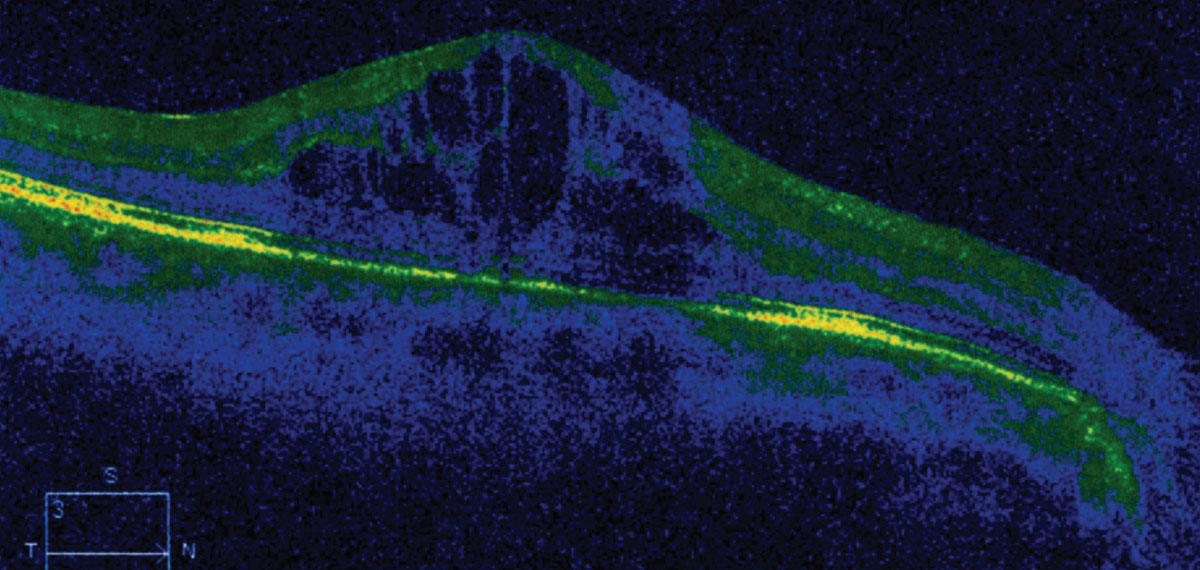Editor’s Note: As part of our “Year in Review” retrospective, we’ve selected the top 30 news stories of the year and are re-sharing them as we close out 2022. Follow along as we count down to number 1!
This story was originally published on February 14, 2022.
No. 22 biggest news story of 2022:
 |
| Complications from cataract surgery have become more common since the pandemic began and reduced the number of patients undergoing the procedure. Photo: Joseph W. Sowka, OD. Click image to enlarge. |
During the pandemic, elective cataract surgery has been significantly curtailed. In an effort to investigate whether a consequent reduction of surgical skill led to higher operative complication rates, researchers recently found that following nine months of curtailed elective cataract surgery, posterior capsular rupture rates were increased across all surgeon grades with similar risk percentage scores. Cystoid macular edema (CME) rates were also increased, unrelated to the proportion of diabetics or increased PCR rates.
This single-center study evaluated consecutive patients undergoing cataract surgery during three periods:
P1: prior to the pandemic (February 1, 2019 to January 13, 2020)
P2: after the first lockdown (June 3, 2020, to January 11, 2021
P3: during/after the second lockdown (January 25, 2021, to July 30, 2021)
A total of 2,276 operations occurred during P1, 999 during P2 and 846 during P3. During P1, the PCR rate was 1.7%, similar to P2 (1.3%) but lower than P3 (3.6%). There was no difference in PCR risk percentage score between routine and PCR cases during P1 (1.9% vs 2.0%), P2 (2.0% vs 2.2%) or P3 (1.9% vs. 2.7%).
During P2 and P3, there was a higher rate of CME compared with P1 (4.9% and 6.9%, respectively, vs. 1.9%), with no difference in proportion of diabetics or cases with CME in combination with PCR. There was no difference in surgeon grade experiencing posterior capsular rupture.
“With the knowledge that extensive breaks from surgery lead to skill fade, it would seem very sensible that ophthalmology attempts to investigate factors that may optimize returns after surgical breaks,” the study authors concluded in their paper. “Clearly, there is a need, to improve patient safety, of more support for surgeons of all grades when they return to surgery after an extended hiatus, with the development of robust guidelines and including perhaps mandatory time spent on surgical simulators.”
Theodoraki K, Naderi K, Lam CFJ, et al. Impact of cessation of regular cataract surgery during the COVID pandemic on the rates of posterior capsular rupture and post-operative cystoid macular oedema. Eye (Lond). February 3, 2022. [Epub ahead of print]. |

